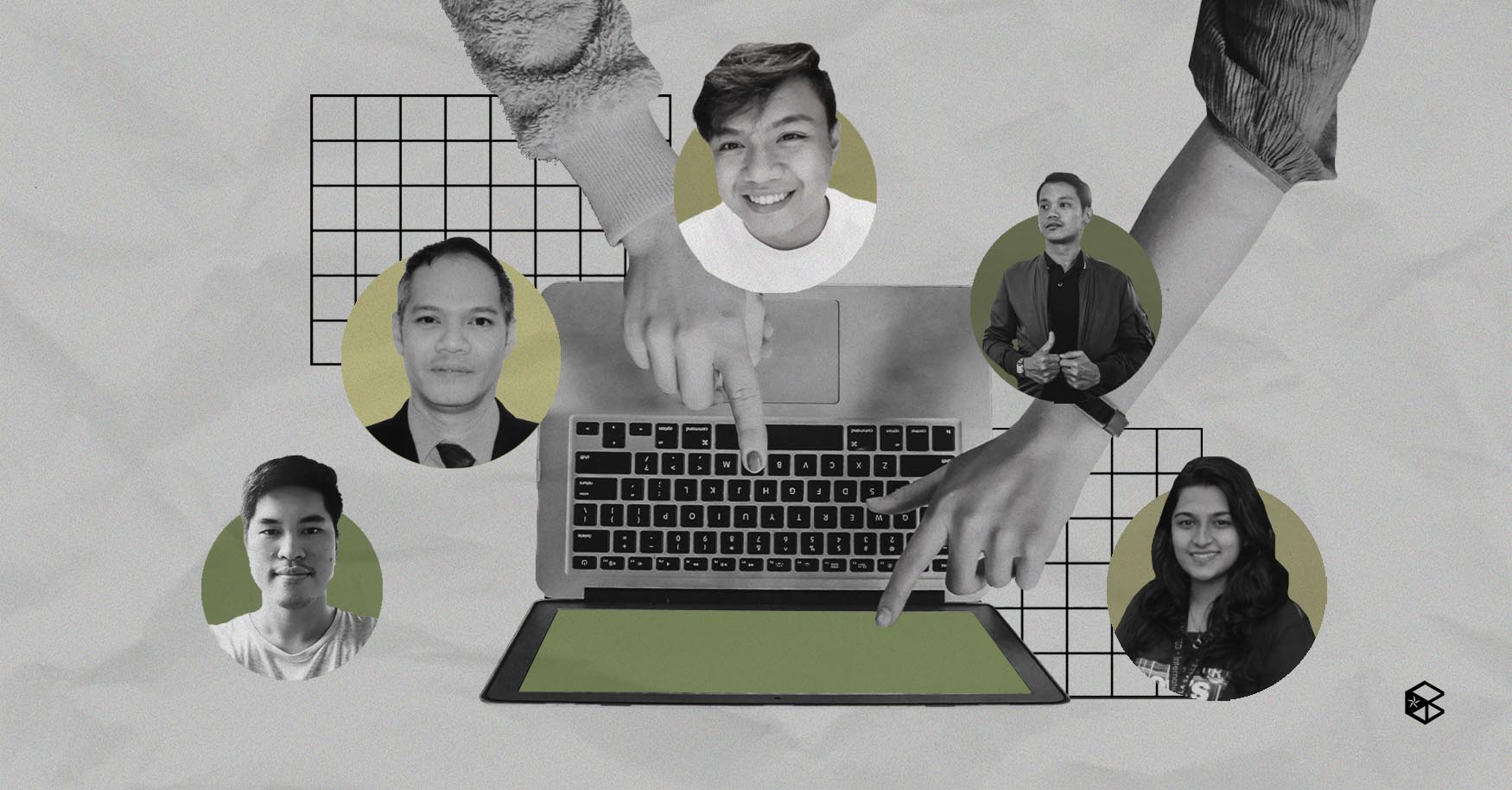Each term, Benildean transferees and foreign students partake in a community service program by initiating projects that aim to improve conditions in select communities in Manila. As the pandemic continuously requires a shift in learning and service, two groups of Benildeans shared their Benilde Online Term’s (BOLT) Community Service program projects and experience working with their respective barangays.
GROUP 2: DATABASE
Barangay 745, Zone 81, Santa Ana, Manila
Population as of 2015 census: 1,696
MICHAEL DOMINIC ARON QUIZAN GORRE, ID 117 (BSBA-Computer Application)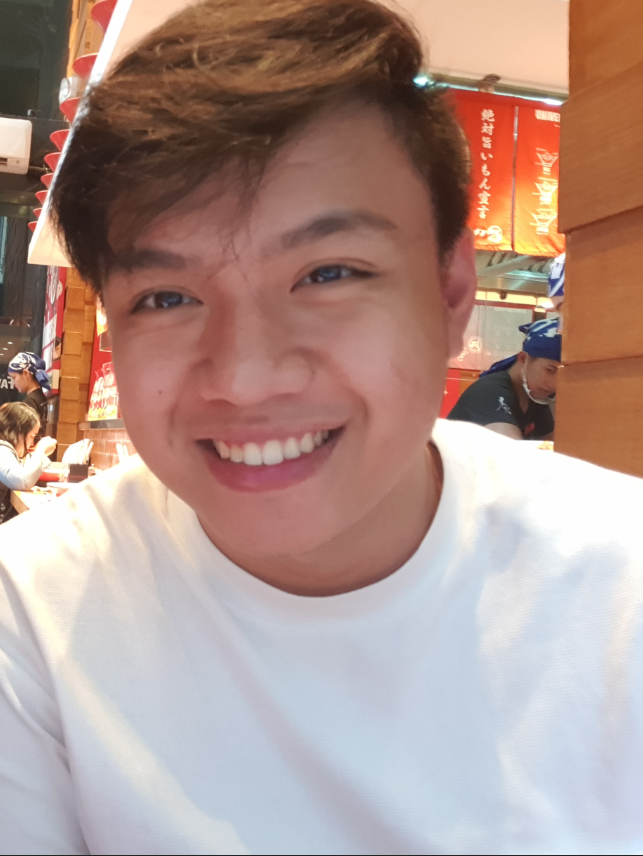
“It started as a requirement for our community service. We wanted a project that can bring assurance and [a] sense of security to the people of the barangay [e]specially to the senior citizens who are at risk the most during the pandemic.
Our database was already patterned on existing databases that were specifically designed for national use. The only difference with our [Microsoft Access] database was that we tailored it with what the barangay representative wanted for local use [and can be used without the internet]. The database will have no major effect whatsoever in the country's healthcare system since it's just a specialized way to take census of the inhabitants in a small area like a barangay.
The information encoded in the database will help officials know how to contact the inhabitants for informational purposes and also for the officials to properly organize relief giveaways, contact tracing and isolation for suspected COVID 19 carriers.
The thing that stuck with me the most is how a simple database can make a big impact during this pandemic [...] It was very warming to know as we were making this project how much we can help the community and that feeling of doing your part for society will always stay with me.”
MARK GIL N. MAYOR, 22, ID 117 (BSBA-Computer Application)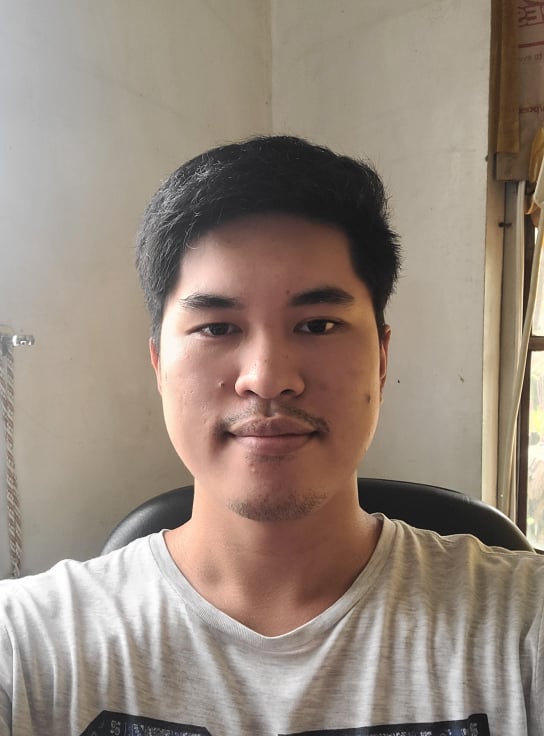
“The barangay representative gave us all the data and format we needed to follow since they already have formats provided by the local government, but they were only hardcopies so we had to computerize the formats.
I hope that the program we provided for the community would give them an easier time in managing their data for their people and give each user the opportunity to to learn a basic understanding of database management. Information is important during this crisis because we need to have reliable information to make decisions that will affect our health and way of life.
[On the other hand,] COVID 19 has heavily affected me as a student because the environment of learning inside a classroom compared to online classes is vastly different. (...) Coping is easy because my family is near me and it’s always fun to talk with them. There is also my hobby of playing or just using my computer which gives me more time now during this crisis.”
JOHN NORMAN LIM TIDON, 33, Group 2 adviser (former SDA OSB Disciplinary Officer)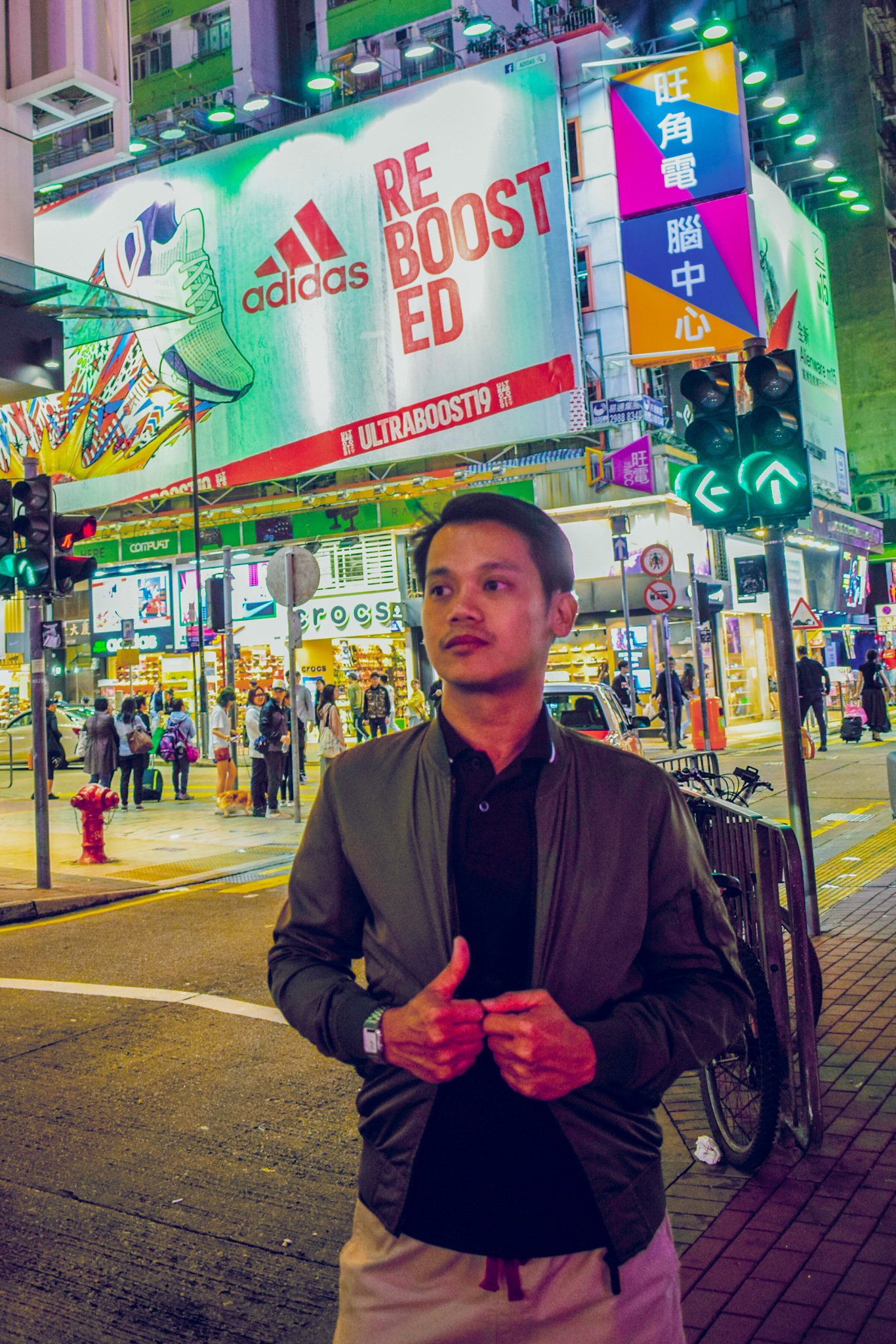
“Since it was a prototype database for the barangay, it was suggested to have a manual for maintenance and further enhancement of the program. A security measure was also advised since it contains sensitive personal information of individuals which are protected under the Data Privacy Act.
We hope to see this being utilized by local government units and be expanded to other members of the population not only for Senior Citizens, Solo Parents, and Persons with Disabilities. This would be of great help to our barangays and other LGUs to further serve the people and ensure the quality of service.
It was quite a remarkable experience since despite the odds of the pandemic, we were able to have this community service project provided to our partner barangay. For me and my students, it was a take on the “new normal” of community service. Despite lack of personal interaction and immersion we can continuously serve the people with our ways.”
GROUP 3: MONITORING SYSTEM
Barangay 743, Zone 81, Malate, Manila
Population as of 2015 census: 1,515
This group of students designed a COVID-19 monitoring system which recorded the identities, symptoms, quarantine status, places visited, and last person/s with physical contact to PUIs living in the barangay.
NATASHAH MOHSIN, 20, ID 118 (BSBA-Computer Application)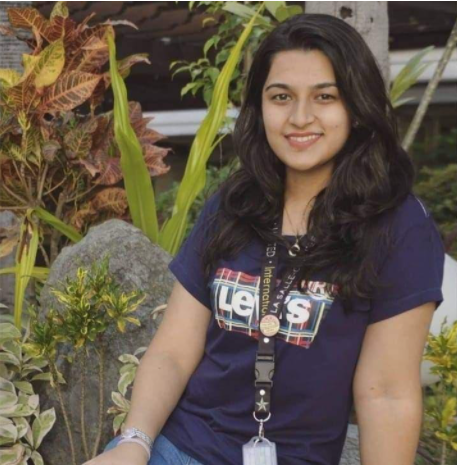
“Our group developed a website that could track the people living in that barangay. At first, we planned to make an Excel file because it would be easy for the barangay officials to use, but later on, we realized this is a big task and it would be better if we come up with something that is unique and user friendly for [Barangay Secretary] Beth Tiambag. We decided to come up with a website that could help the barangay to monitor the health condition of their people and to know the condition of the suspected COVID-19 patients.
If this monitoring system would go on a national level, instead of a web system it would be a mobile application that can be downloaded on phones and tablets. First, the user would create an account on the application, then the QR code would be generated and everytime you would enter any establishment, they would scan your QR code for contact tracing. This kind of information is important in this time because what matters is the safety and the condition of the people around us.”
DANTE RIVERO, 48, Group 3 adviser (SMS part-time faculty member)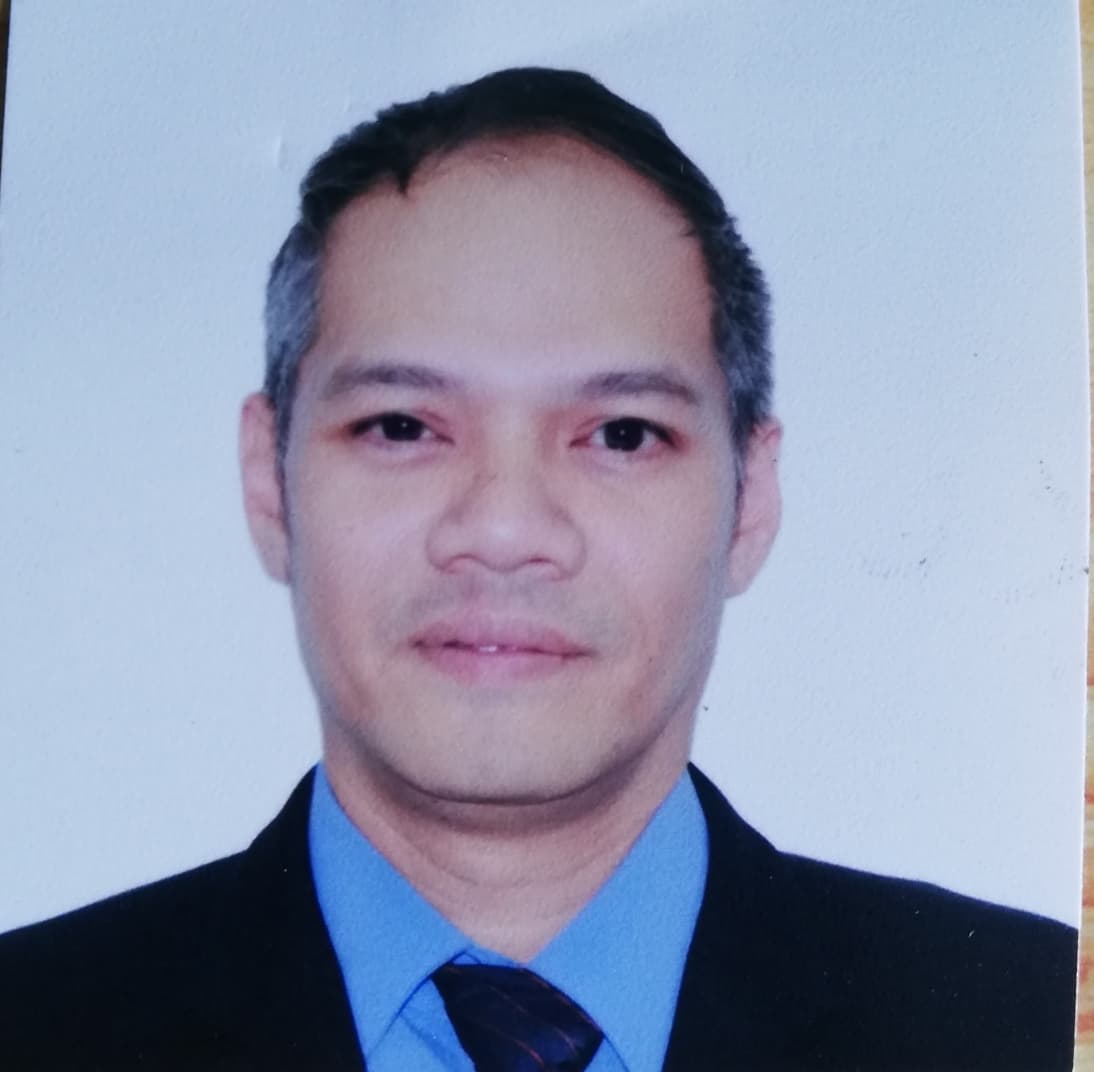
“It was a challenging experience to conduct community service without going to the area and to the community where we will render our service. Nevertheless, the online technology and the creative spirit of each student made it possible.
It is really up to the barangay on how the project will be a success. What the students had done was already remarkable and according to the observation of both CSA and the Barangay Secretary, the COVID 19 monitoring system can be a model for all barangays in the city of Manila.
It made me feel fulfilled in a sense that through my advising, accompaniment, and guidance, I made a contribution both on the lives of these students and the community in Barangay 743, Zone 81 where we are assigned.”

